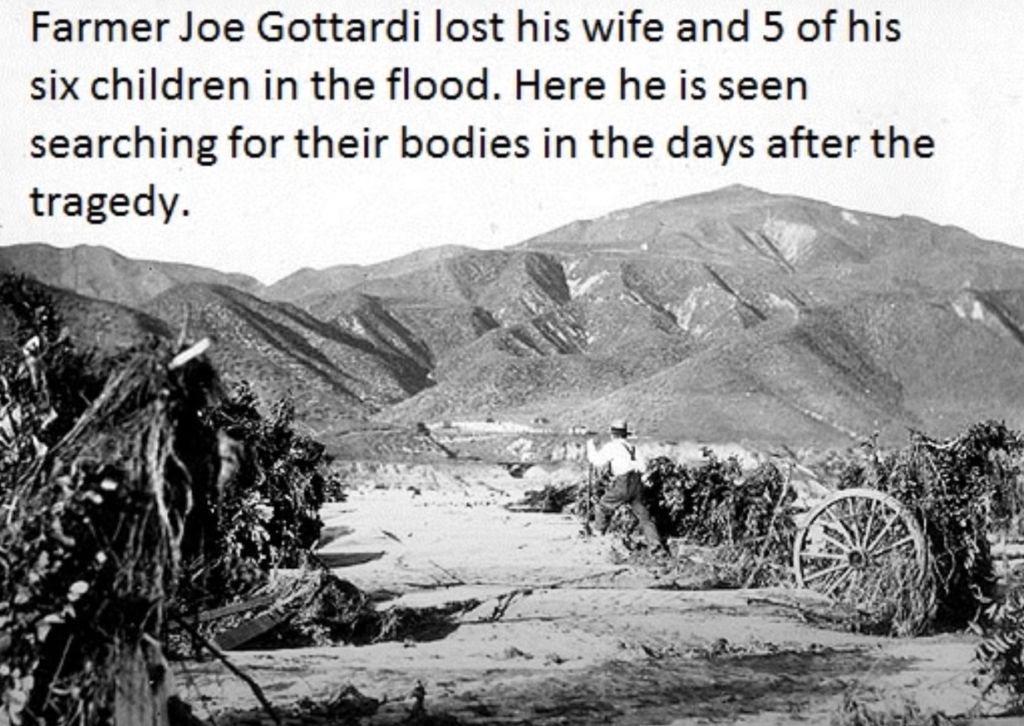Link: https://actuariesclubofboston.com/Spring-2021-Meeting/
Preliminary Agenda:
Current Schedule:
Week 1
Monday, May 10: (General) Actuarial Transformation: Trends & Insights across Data, Processes, Models, and People
Tuesday, May 11: (Life) Consolidated Appropriations Act, 2021: Changes to IRS code Section 7702
Wednesday, May 12: (General/Professionalism) Emerging Professionalism Issues in 2021
Thursday, May 13: (Investments) Macro Economic & Market Update
Thursday, May 13, 4pm EDT: (General) Networking Session
Friday, May 14: (Health) The Role of Behavioral Health‐Now and in the Future
Week 2
Monday, May 17, 9am EDT: (General) Actuaries Working in International Landscape
Tuesday, May 18: (Health) Health Technology, Consumerism and the Explosion of Telehealth
Wednesday, May 19: (Pension) New Pension Relief under ARPA: Its Implications for Pension Plans
Thursday, May 20: (Life/Annuities) Mortality Differential by Socioeconomic Categories in the US
Friday, May 21: (Life/Annuities) Life Reinsurance 101 Panel Discussion
Date accessed: 6 April 2021
Publication Site: Actuaries Club of Boston

